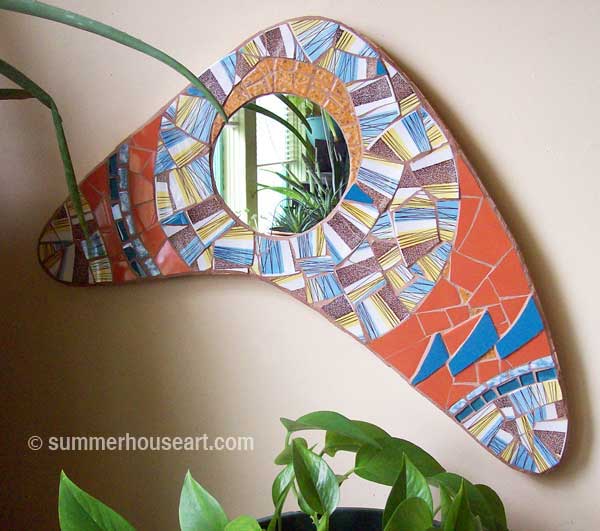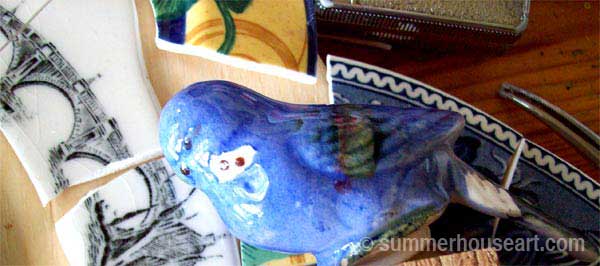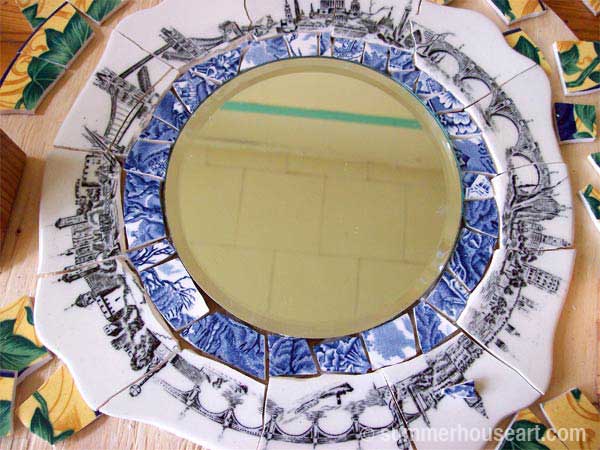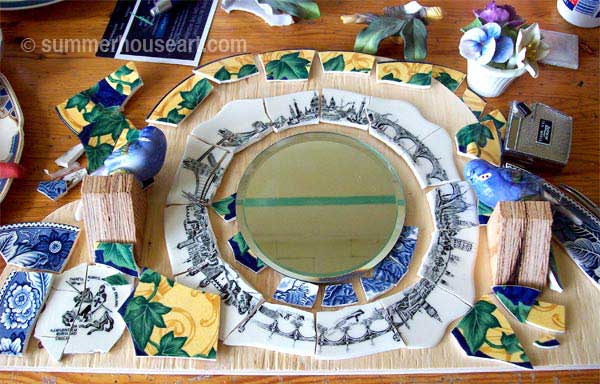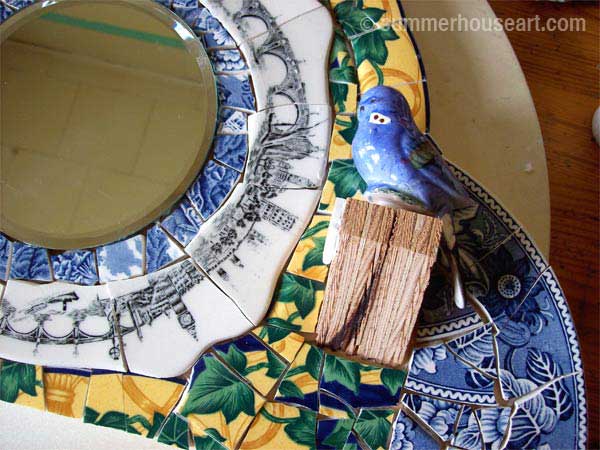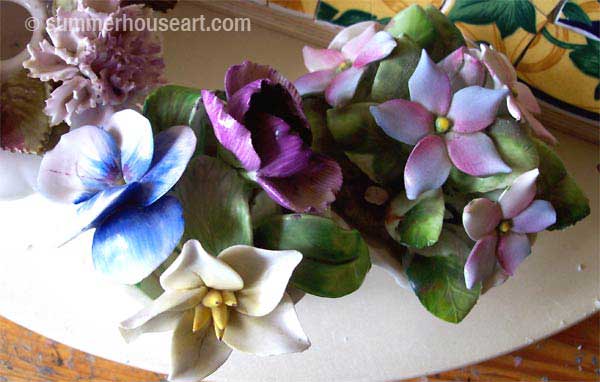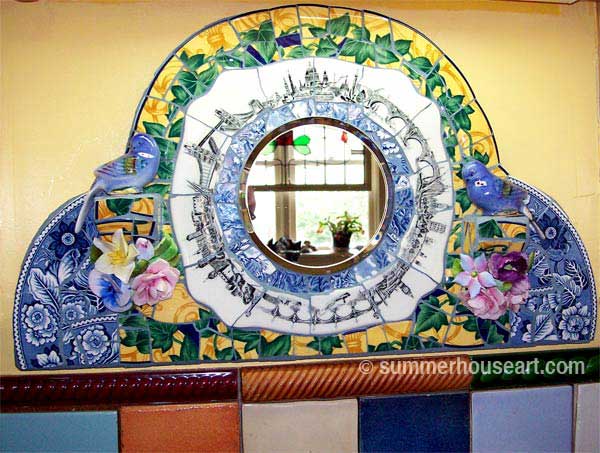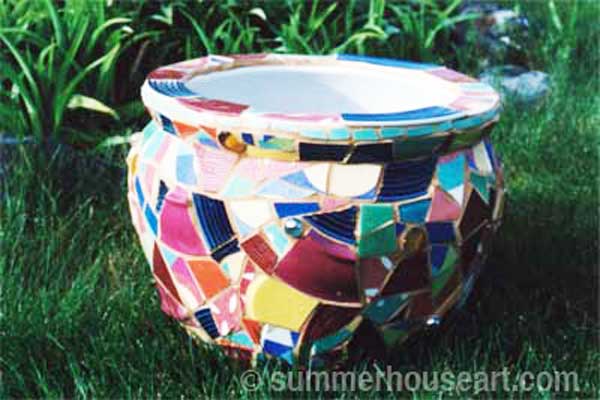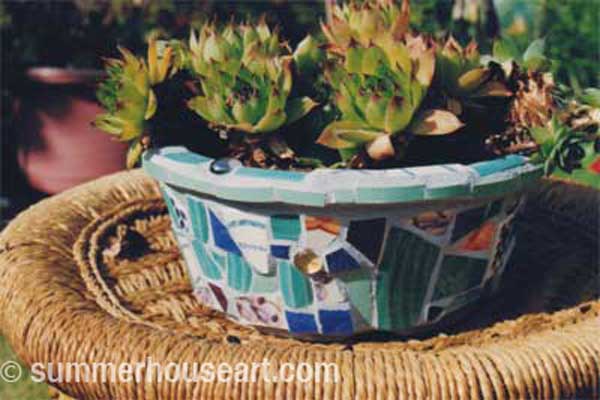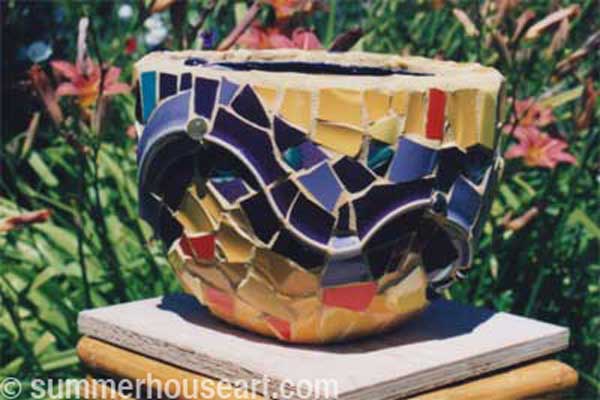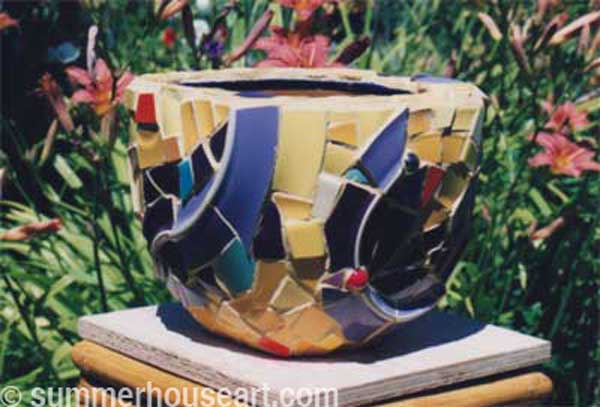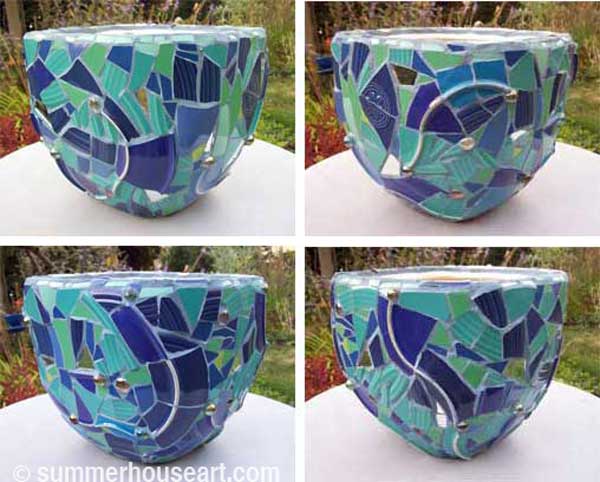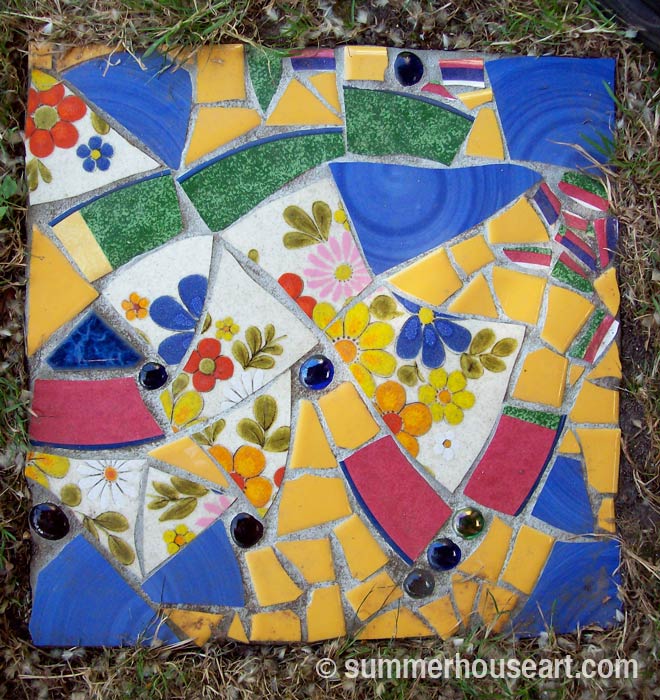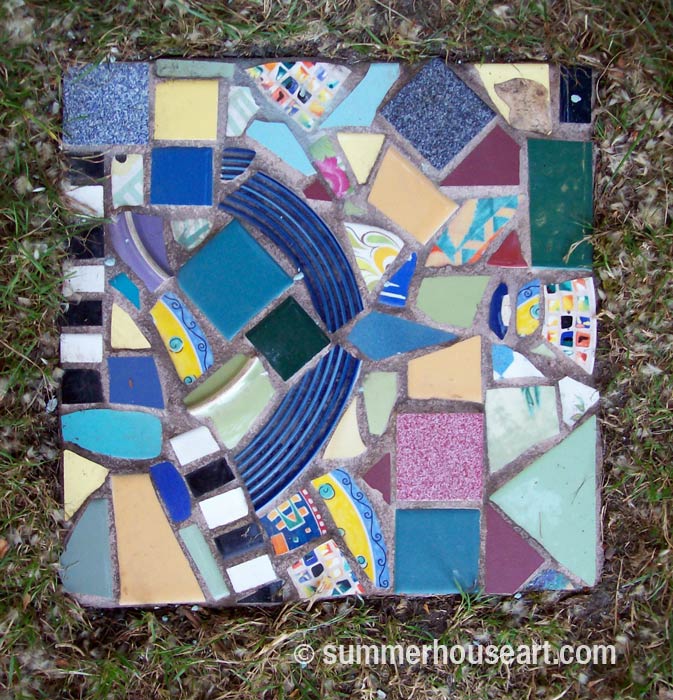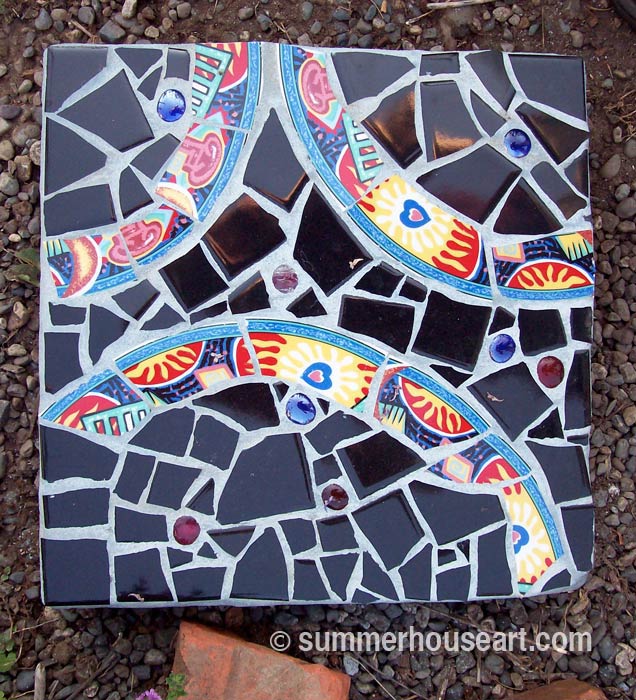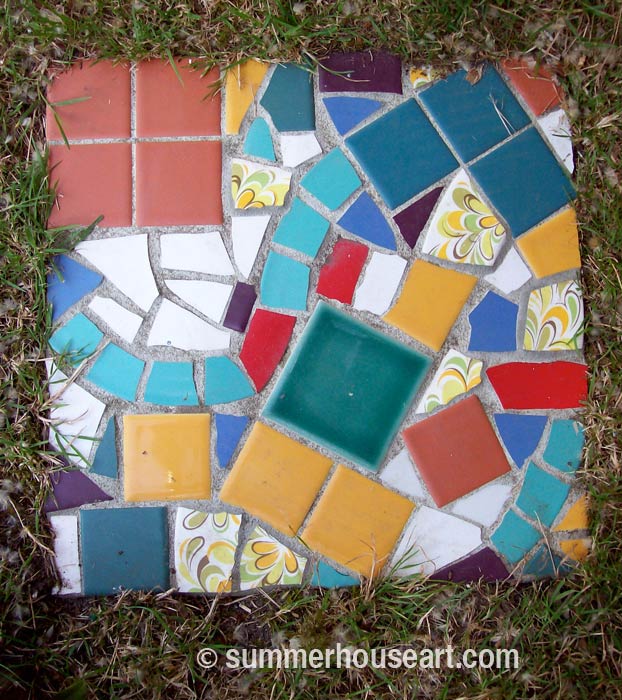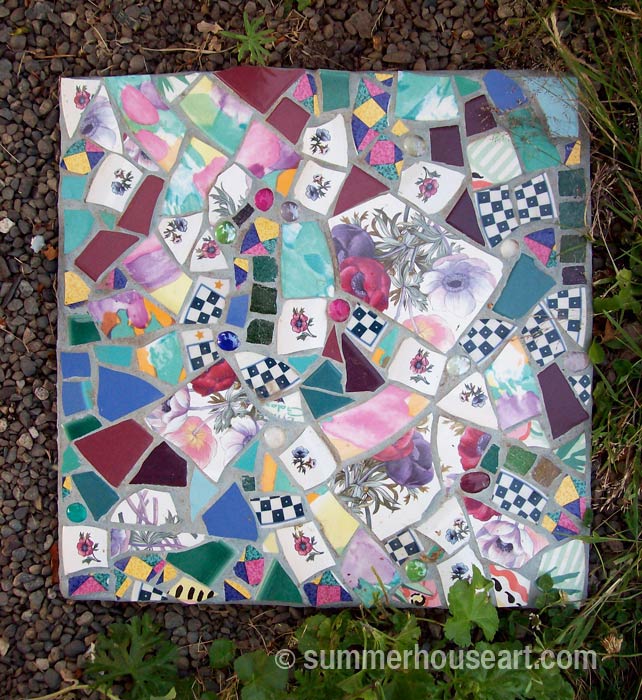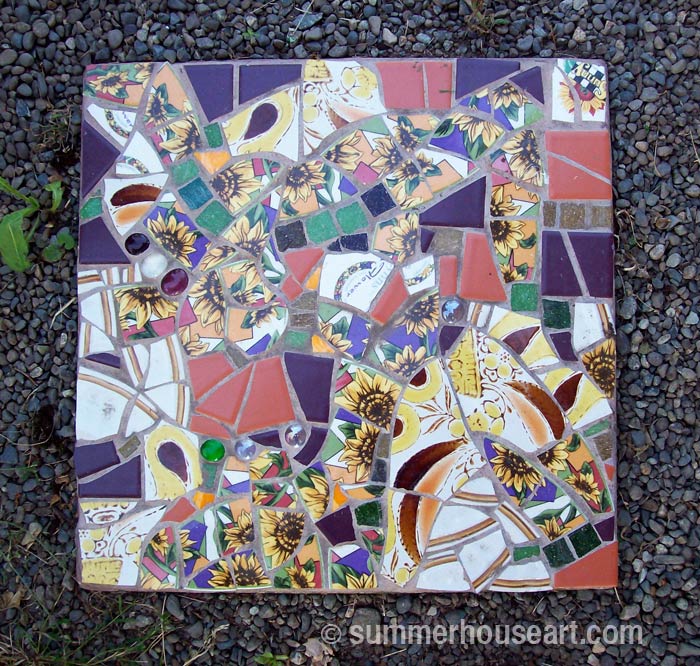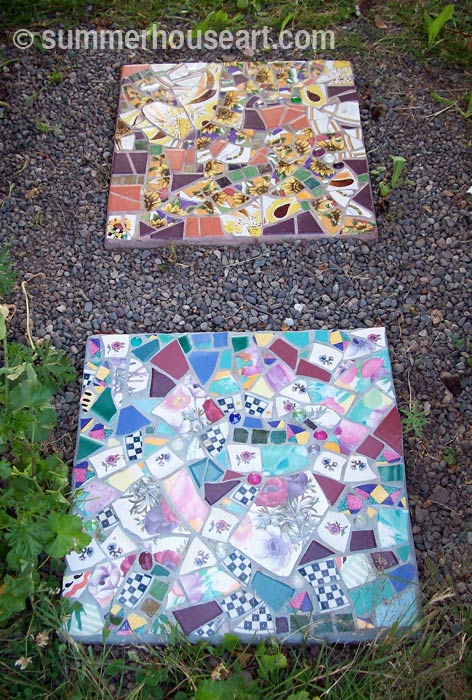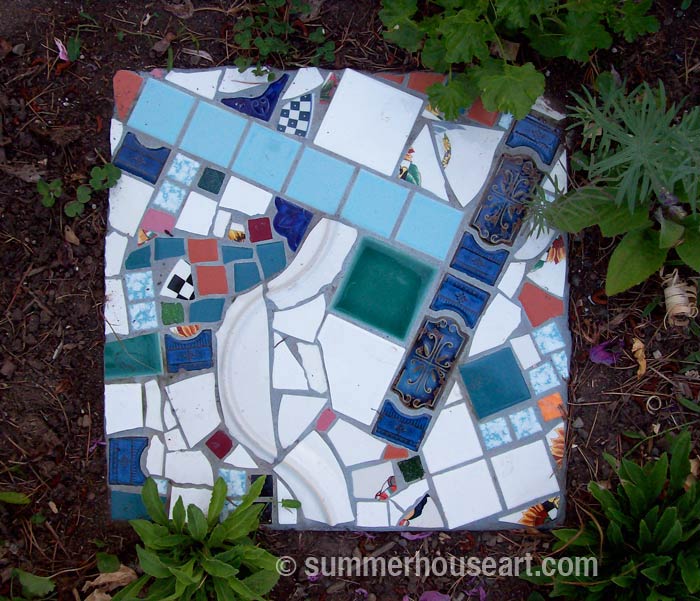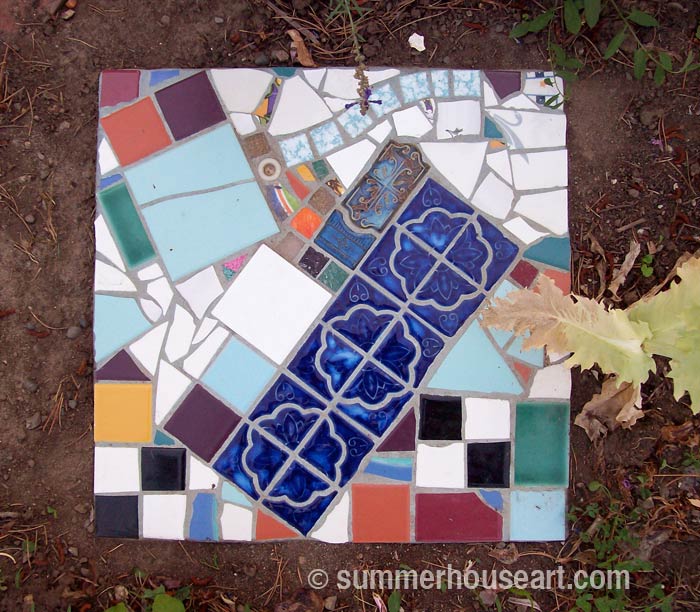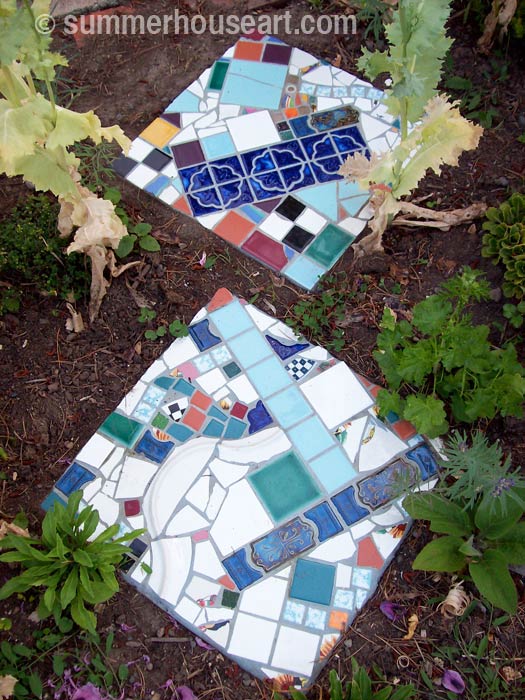Experimenting with and immersing yourself in a new medium is always fun. For years I was cutting up dishes and making my way through learning the “how to” of mosaic. That lead from making some crazy wall pieces full of ornaments and pattern, to doing more and more work, in an abstract way, playing with the basics of colour and texture. I’d say the surfaces of mosaic still attract me, the glinting of china in the sun, against the dull grout acting as a foil.
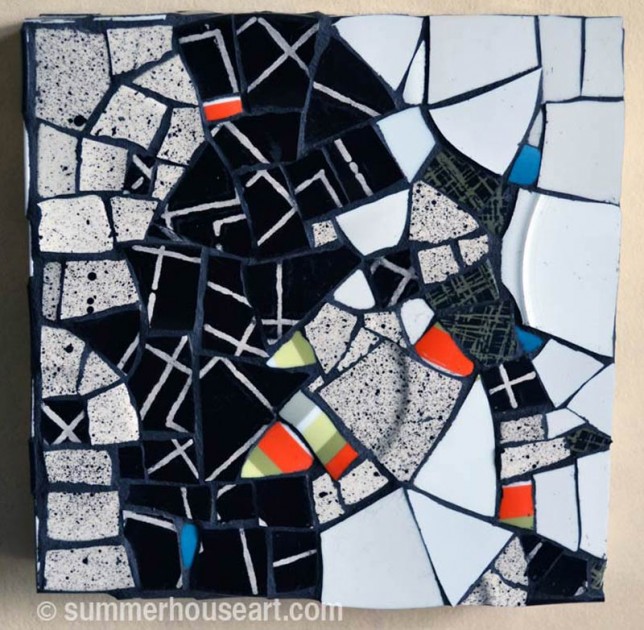
While still creating mosaic in a more abstract vein, I was also messing about with bits and pieces of stained glass and creating some abstract and colorful compositions with that. To say I loved the colours in the stained glass would be an understatement. I’m like a kid faced with “Allsorts “candies! And the layers I could make, colour over colour and best of all, the effect of the sun shining through!
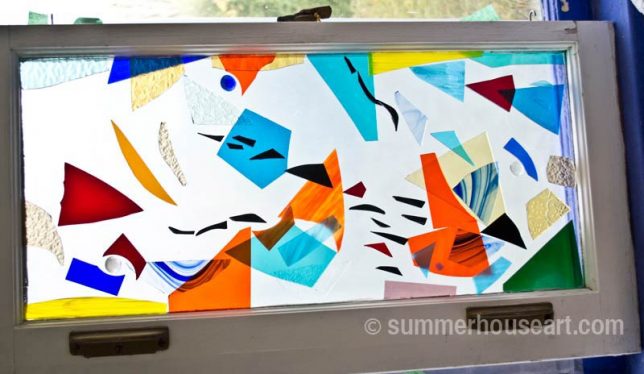
Alongside these experimental works I was also creating with paper and collage, mixing it up with papers and texture that I’d created into, again, abstract comps. Paper collage has so many possibilities, so many surfaces and colours, movement of shape and line.
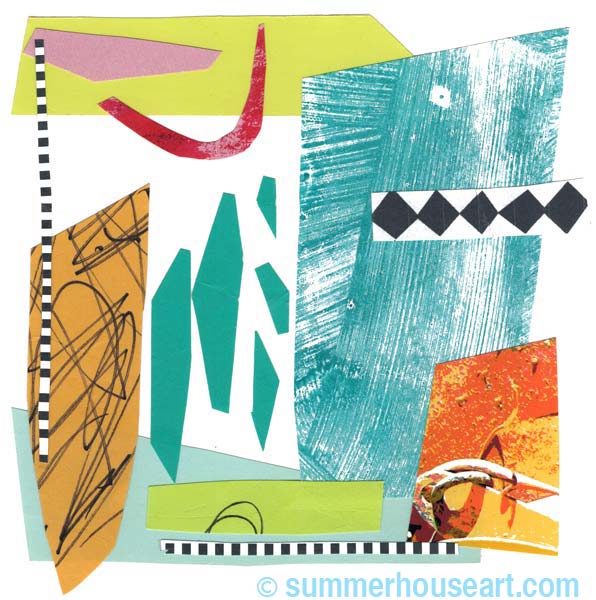
And now, with fabric, I’m finding that there is a bit of a correlation with all that I’m doing. Each set of materials presents it’s own learning curve and challenges. And I’ll admit to doing a bit more swearing while sewing. Me and machines, well, there is need for patience, I’m finding. But, the results and excitement of mixing up patterns, textures, lines and most of all colour, in fabric… well let’s just say I’m having fun but it has been a challenge.
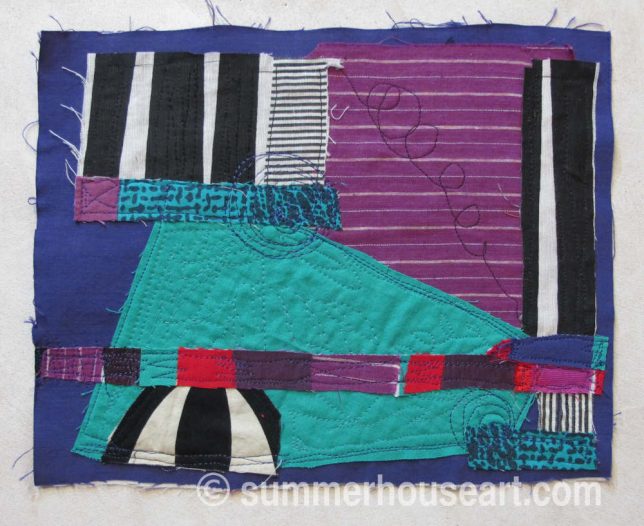
And I’m liking the sense of seeing that all my work somehow relates, whether in broken dishes, stained glass or paper and now fabric. So, today along with a few examples of my other forays into other mediums, I’m sharing a few new fabric collages. As with all the other mediums, often it’s finding a pattern or texture on a dish or glass or paper and now fabric, that leads to a composition.
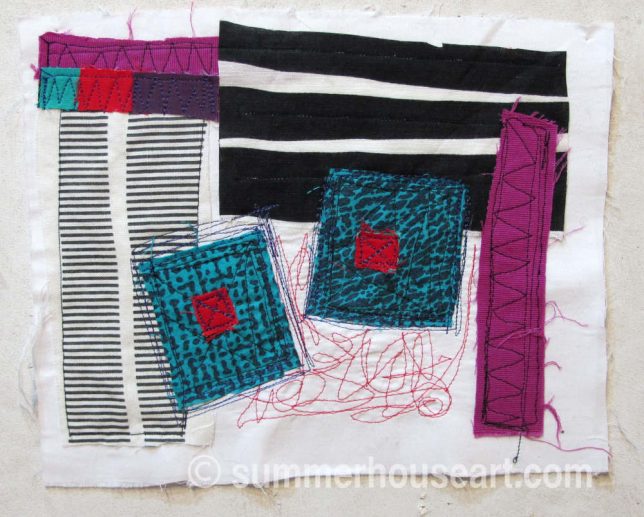
With these, it was finding fabric with some lovely exciting stripes. I’m a sucker for stripes.
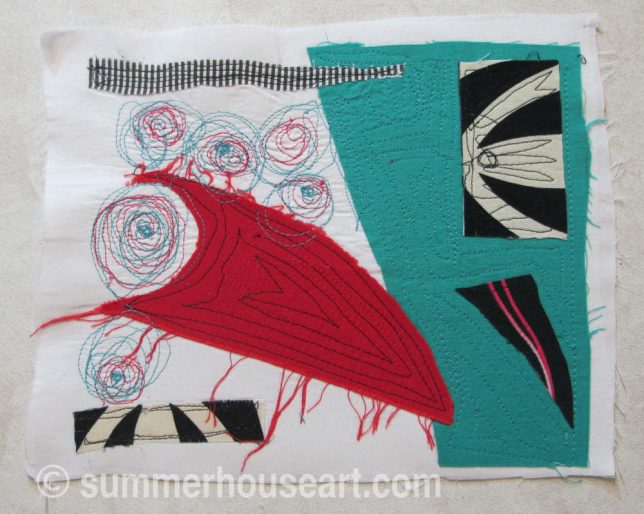
And then of course, colour. Colour is my talisman, and also the thing that attracts me every time. Like a hummingbird to a red flower. Each medium has it’s own qualities and permissions. Glass allows movement and space without having to think about how the grout will affect it all. Paper allows more texture than glass and more line. Then fabric, well, now I’m exploring creating line with thread, texture with layers and applique. More to come! But nothing abandoned. I’ll still create with mosaics, glass, paper collage and now fabric. Just more to add to the pot.
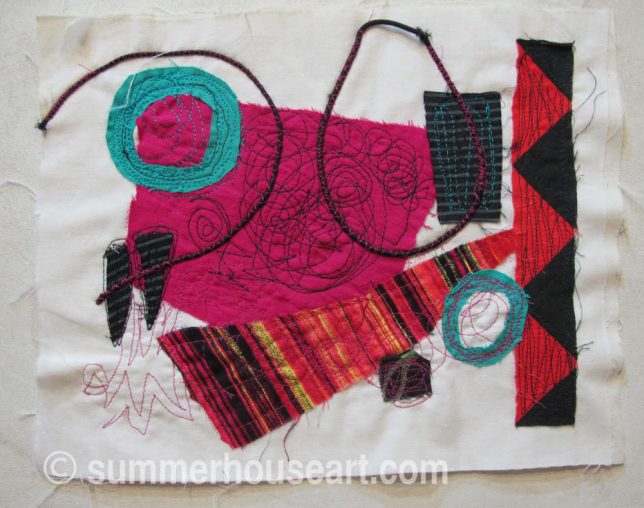

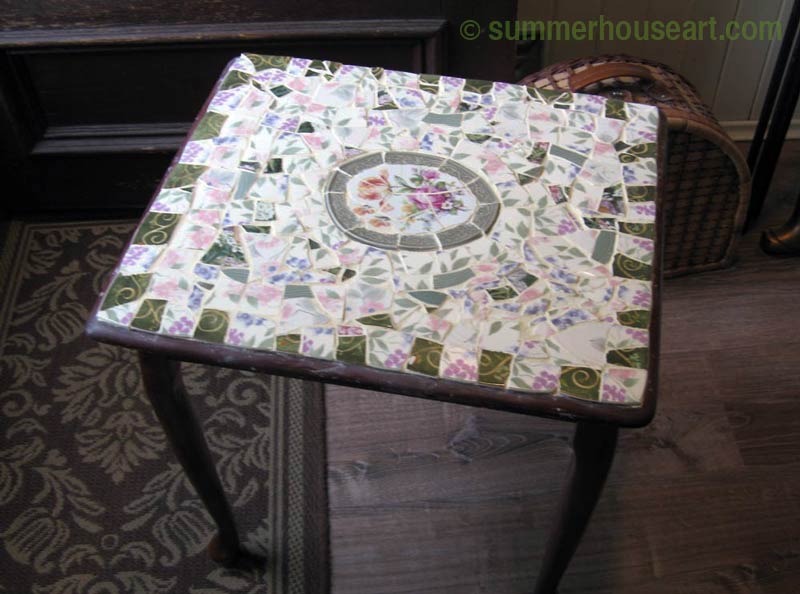
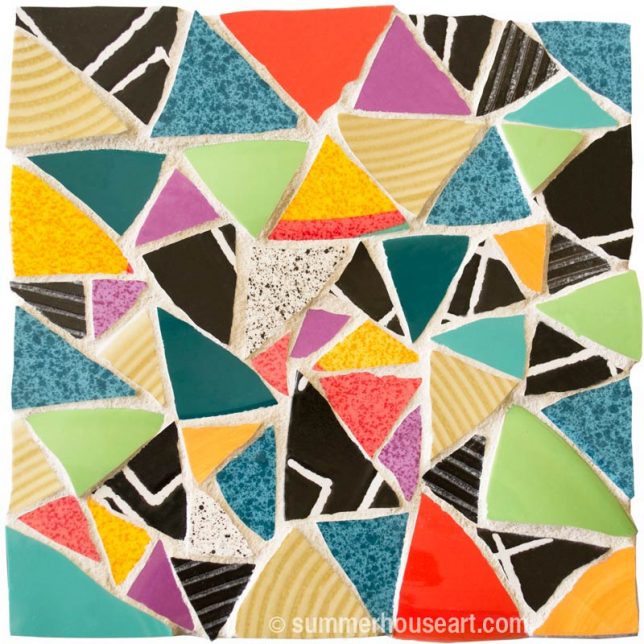
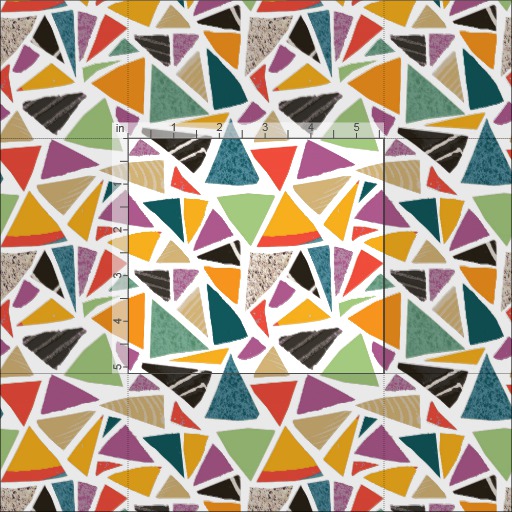
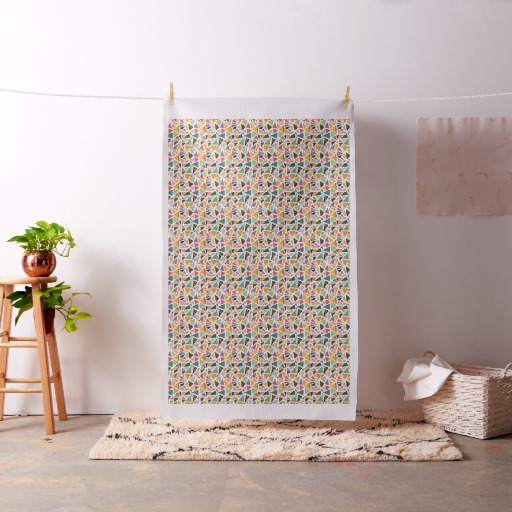
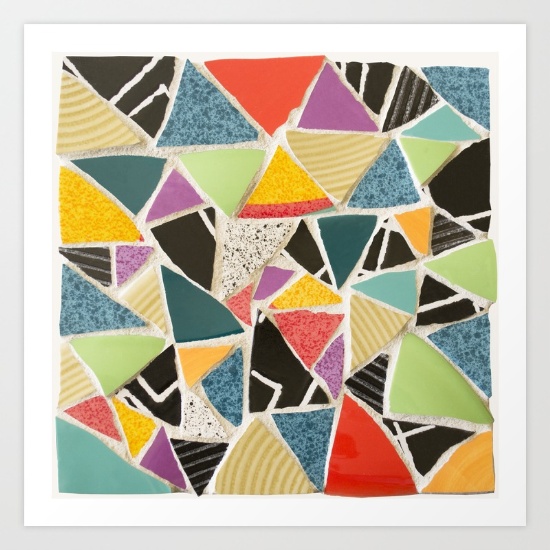
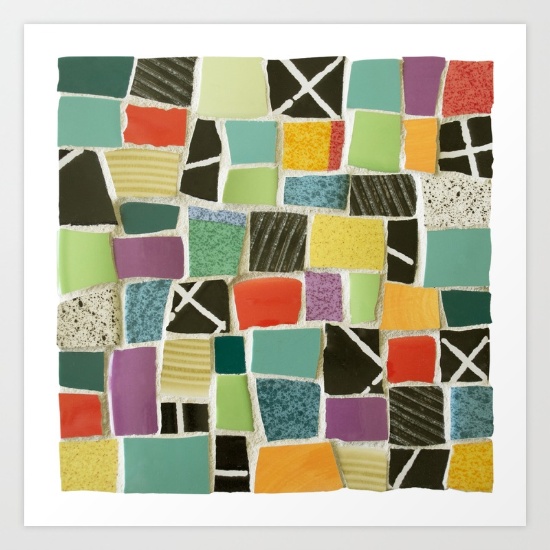
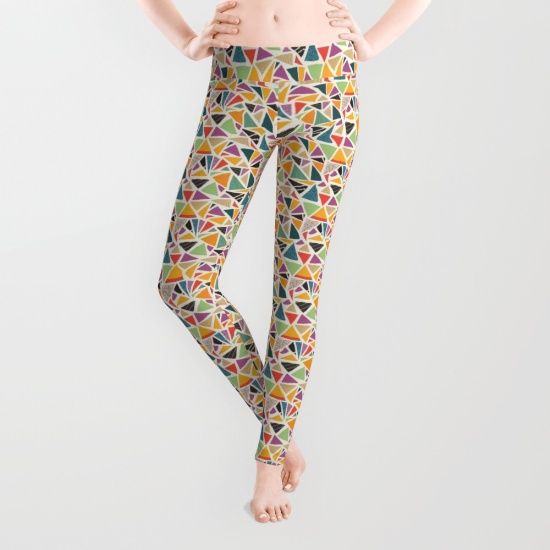
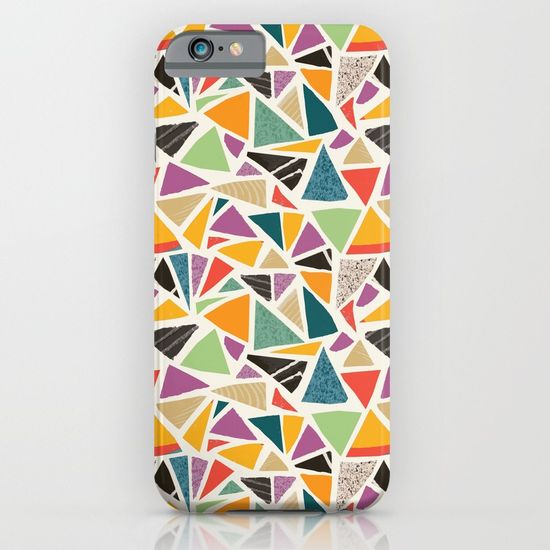
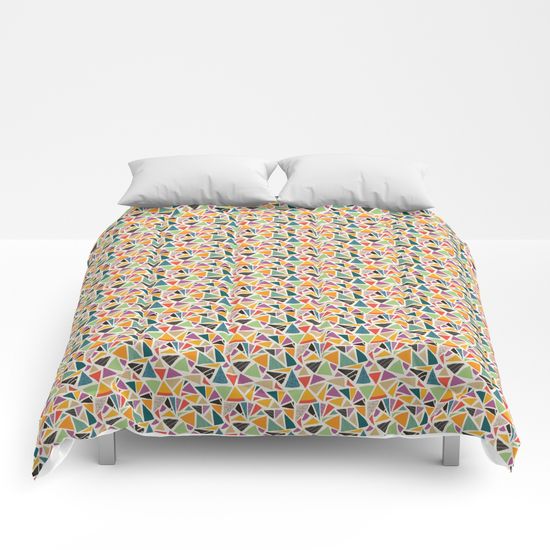
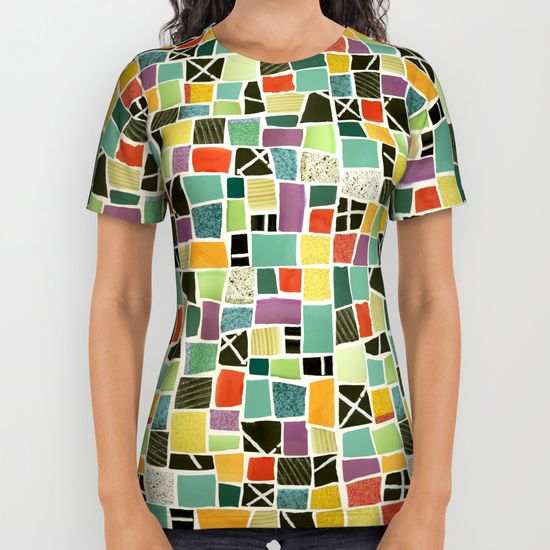
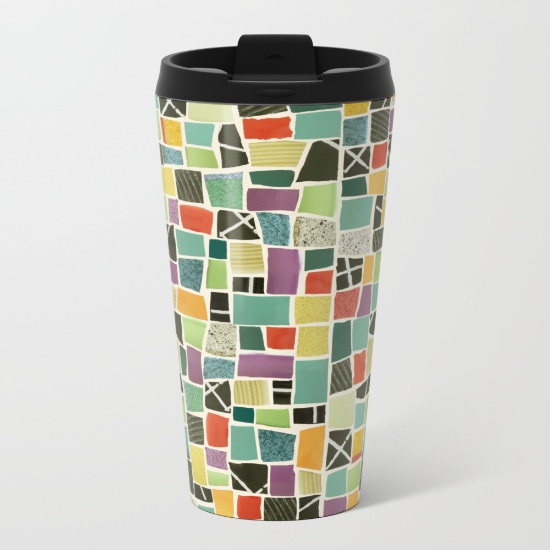
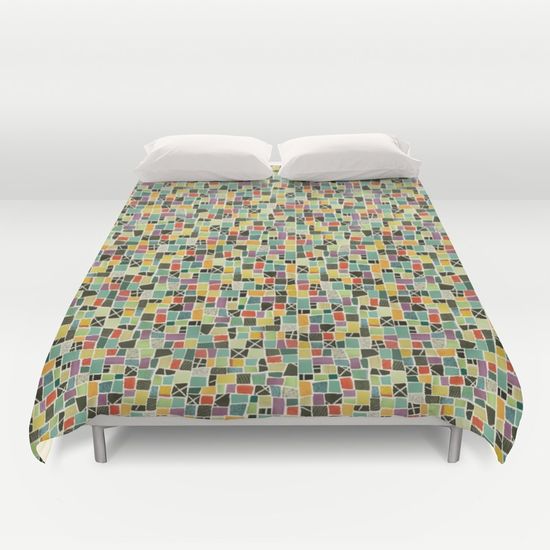
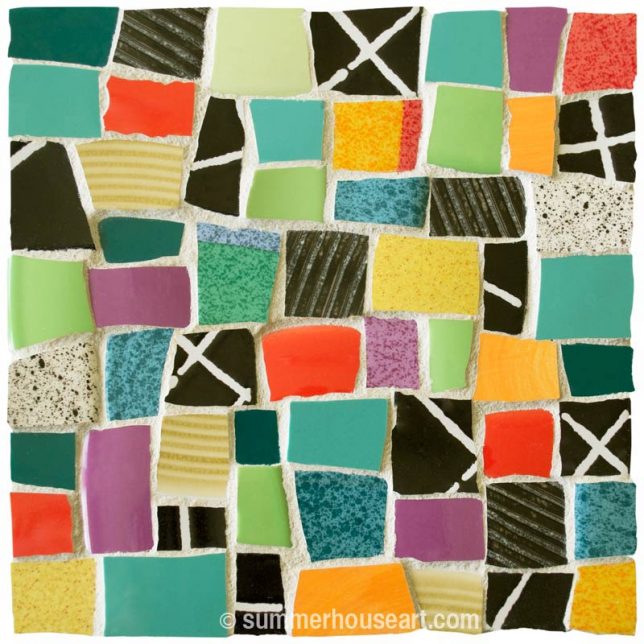
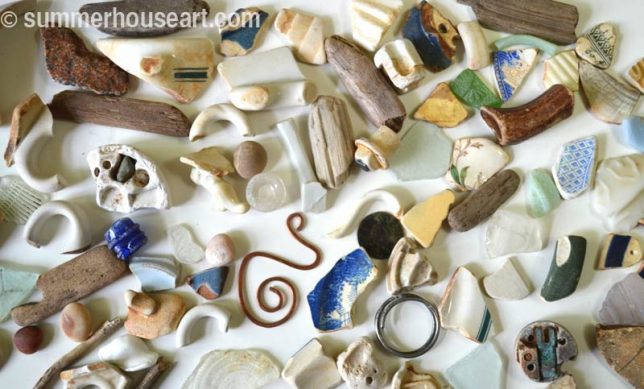
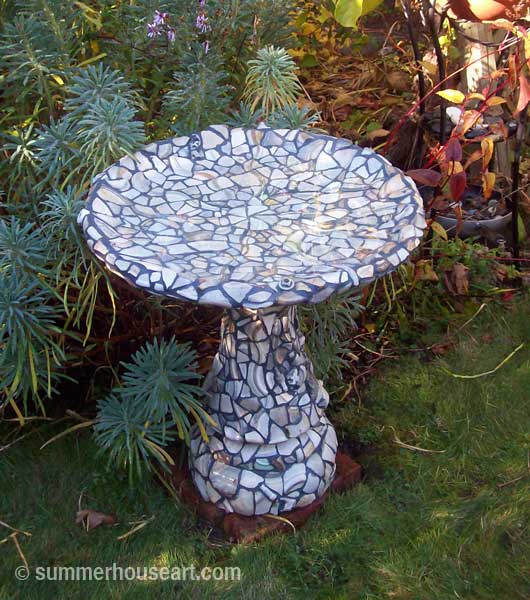
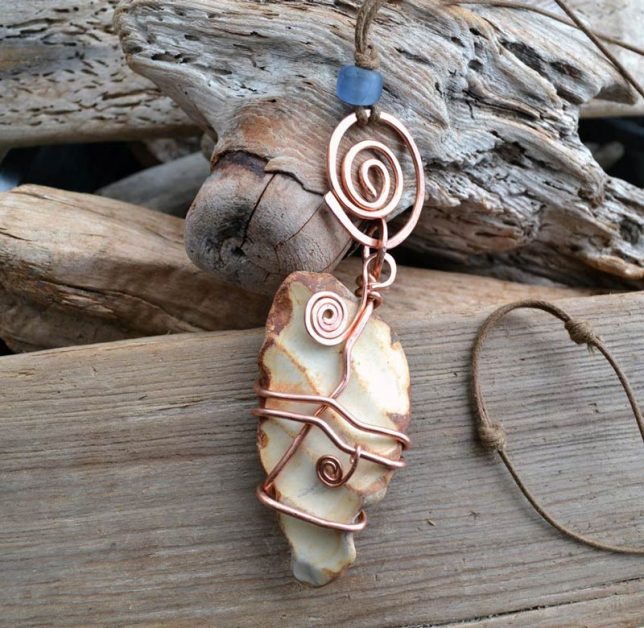
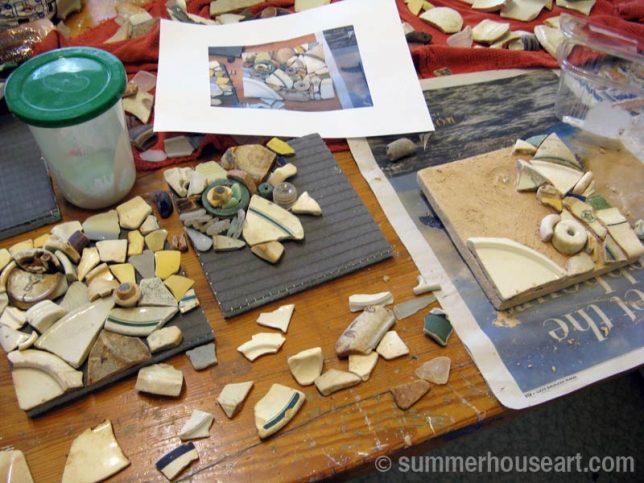
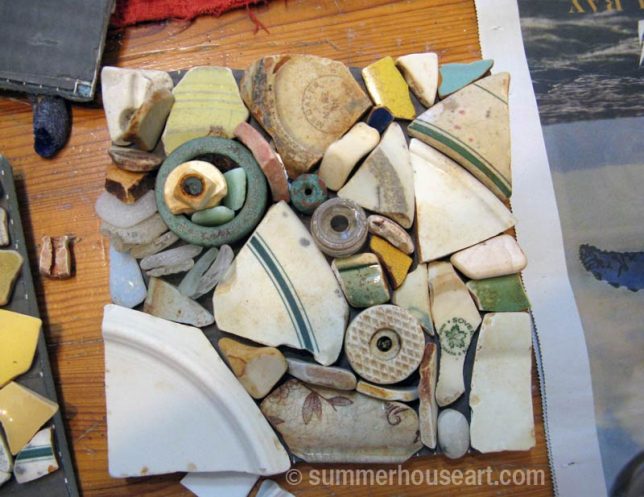
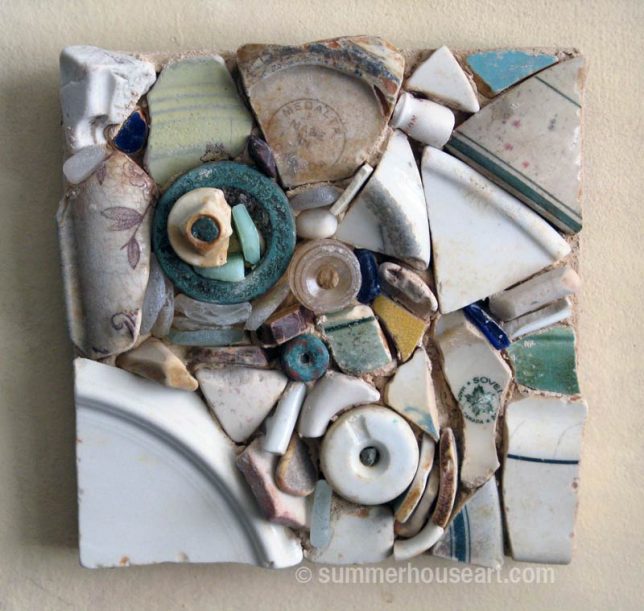
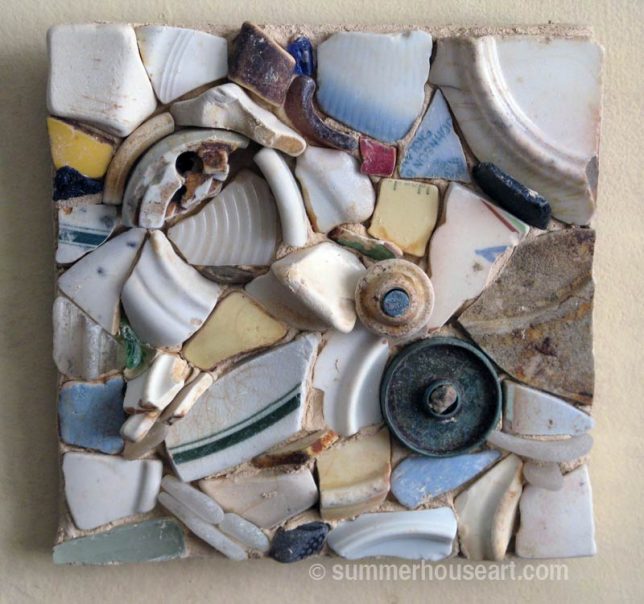
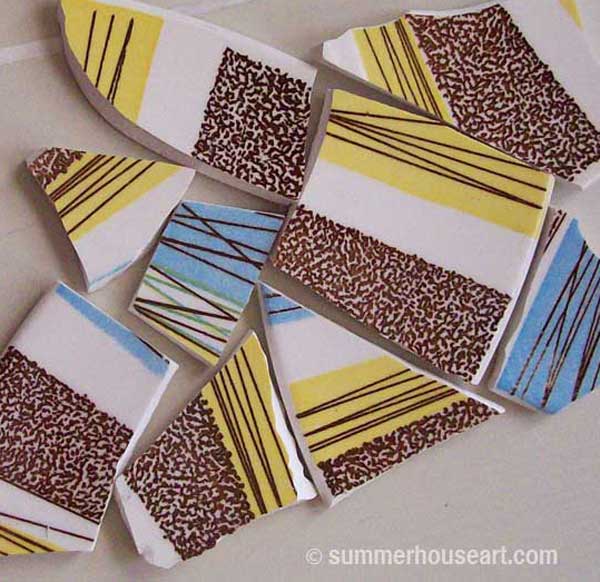 Since the design on the plate inspired me to think 50’s, one thing sort of naturally led to another.
Since the design on the plate inspired me to think 50’s, one thing sort of naturally led to another.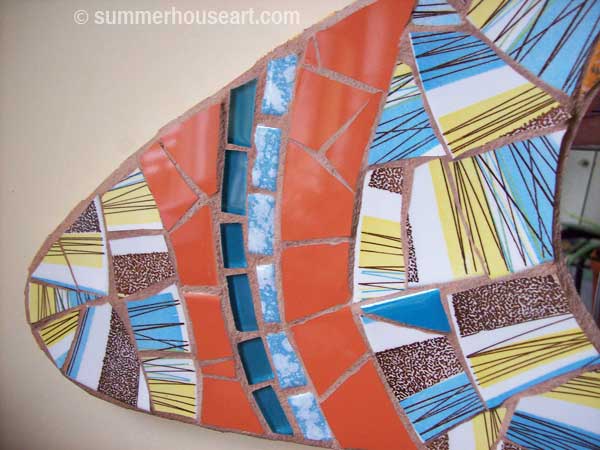
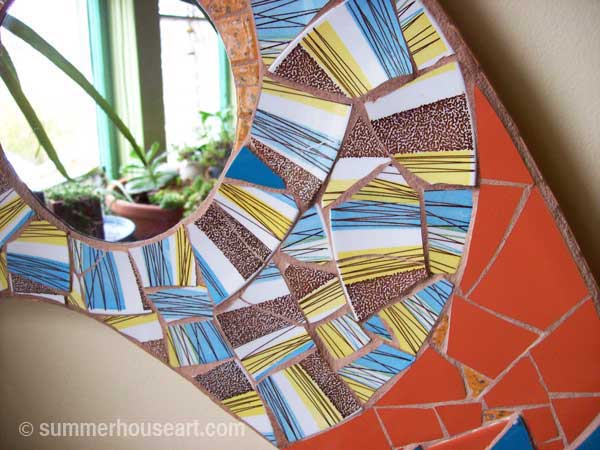
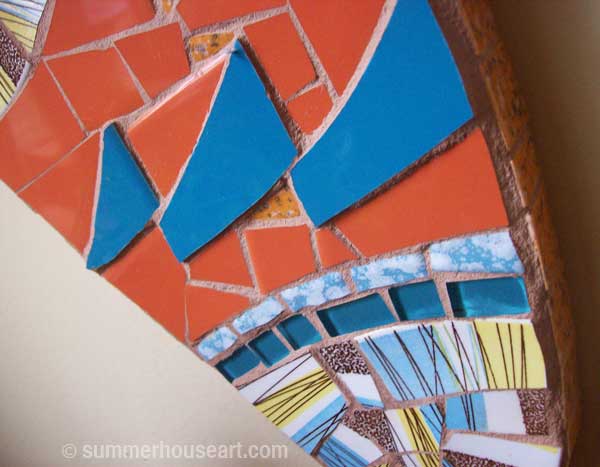 A popular shape then was the boomerang which inspired a whole lot of boomerang shaped tables at the time. Ok I didn’t have enough dishes to create a top for a coffee table, but, I did have enough, with a little embellishment from other colors and tiles…..
A popular shape then was the boomerang which inspired a whole lot of boomerang shaped tables at the time. Ok I didn’t have enough dishes to create a top for a coffee table, but, I did have enough, with a little embellishment from other colors and tiles…..